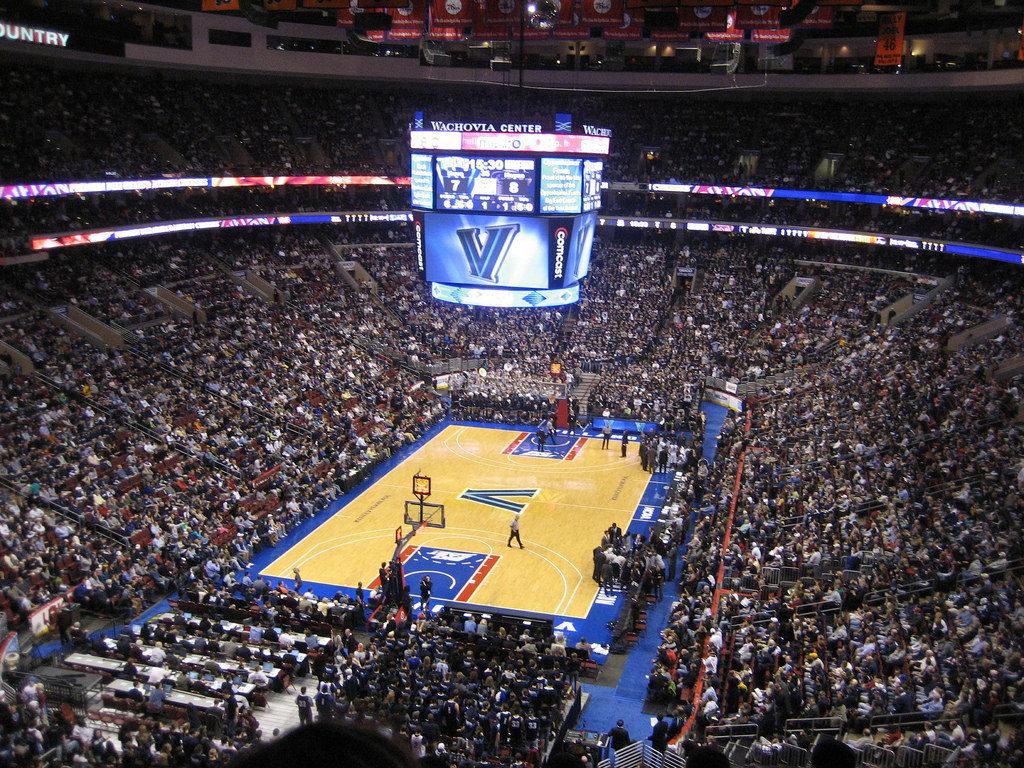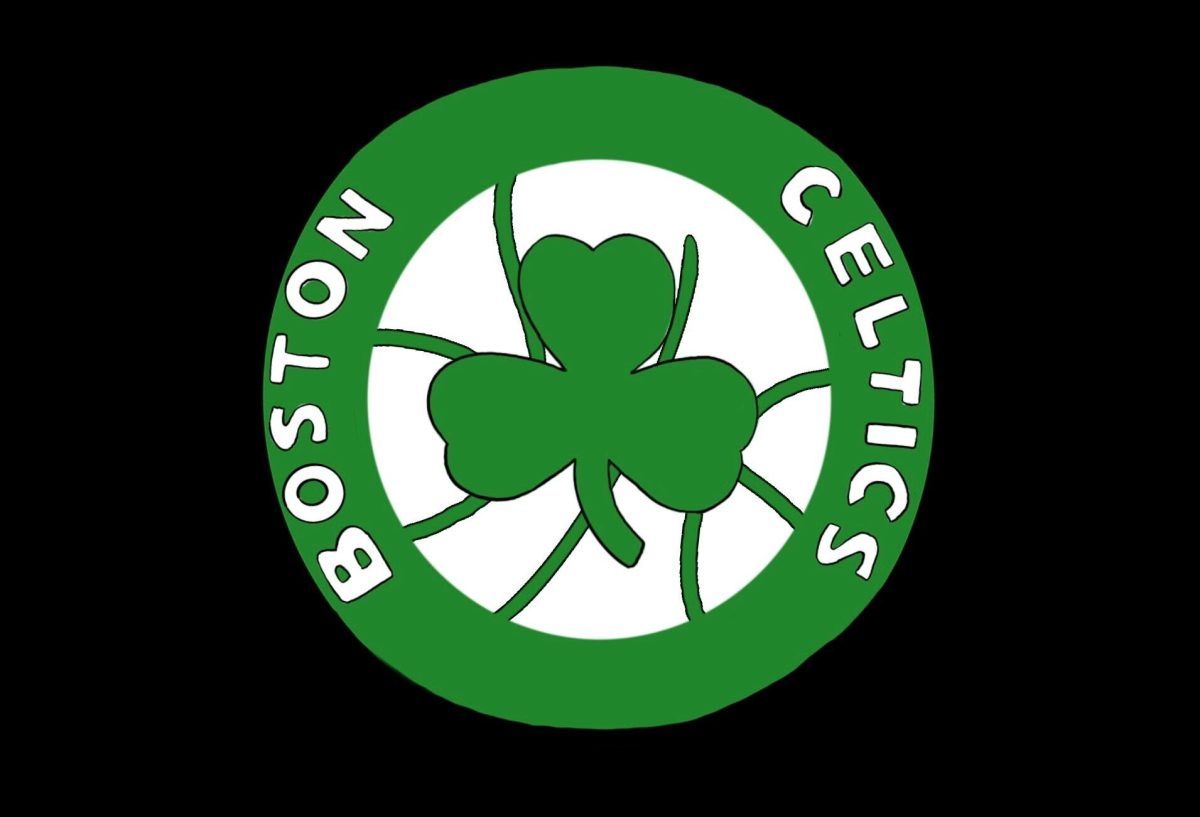By Thomas Herron, news staff
The NCAA Men’s Basketball Tournament has turned into something no one could have predicted. It’s a national spectacle of sport, and there is good and bad that comes with so much attention.
It’s continued to evolve beyond expectations because of the way analysts and fans alike turn it into whatever they imagine it to be, lining the event with narratives shaped by their own opinion and interests within the tournament.
March Madness deserves the attention it gets. It’s an extremely enticing tournament that has proven to be inconsistent. Stars have been made in March.
This year it was sixth man Donte Divincenzo, who brought home Villanova University’s 2018 national championship with 31 points. With their second title in three years, many are declaring them a new dynasty of college basketball.
Villanova’s Mikal Bridges, Jalen Brunson and now DiVincenzo have been thrust into the national spotlight and their NBA draft stock is even higher than it was before.
The whole idea behind allowing 68 teams to compete for a national title is sport at its finest. The upsets, the Cinderella stories and the powerhouses always make for top-tier entertainment.
The tournament has its spectators so invested that basketball fans were even criticizing a 98-year-old nun on Holy Saturday for retreating to watch her school’s game in private as it wrapped up. March Madness always involves storylines that have little to do with basketball, such as Sister Jean. The hype surrounding the tournament and these tangential stories take away from the game.
Loyola-Chicago played extremely well as a team and that got them to the Final Four, so why is it that Sister Jean’s press conference was packed with journalists, but the players who got them there gave pressers to all-but-empty rooms?
The problem is that despite the popularity of the tournament, what happens on the court doesn’t get the type of attention it deserves. In the rare cases basketball gets more attention than the off-court happenings, people start trying to overanalyze what player performances mean rather than taking it at surface level, which is usually about as deep as it goes.
The stars of March Madness are mistreated. The public’s reactions to players range from over-criticized to over-hyped to overlooked. Annually, superstar players like Deandre Ayton are barraged with criticism and skepticism regarding their professional potential as a result of their team’s early exit from the tournament.
But tournament performance of players like Ayton should have little to nothing to do with their draft stock. This could be a result of the overspeculation associated with the draft process in general, but players who compete at the highest level all season long don’t deserve naysayers as a result of a game or two.
Ayton had a double-double with 14 points and 13 rebounds in Arizona’s first-round loss. But he still received criticism from those who chose to focus on the simple fact that his team lost, deriving the false message that he wasn’t good enough to bring his team on a run.
It’s absurd that one tournament can mean more to a player’s future then their entire career leading up to it.
From the other side, some tournament performances can turn players from unknowns to first-round picks.
Take Hasheem Thabeet of the 2008-09 Connecticut men’s basketball team. He led his team to a Final Four appearance and had a great performance in the tournament, but ultimately his NBA career was a flop and he is playing in the Japanese B.League now.
March Madness is exciting and all, but the performance of any given player in the tournament should mean little compared to a player’s entire body of work. Basketball should be the main cause of attraction to the tournament, not any tangential storyline, or over-analyzing individual performances of college-age kids.
As March Madness evolves, the latter word of the phrase is proving to define the tournament more so than basketball.













